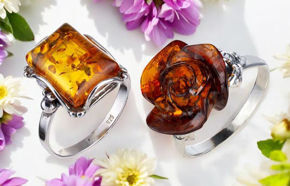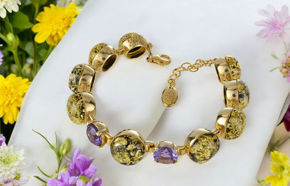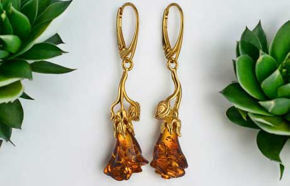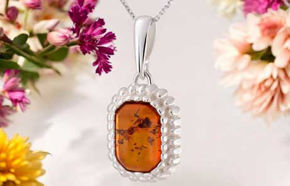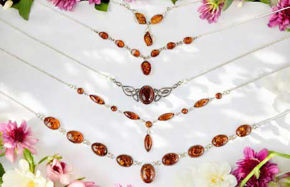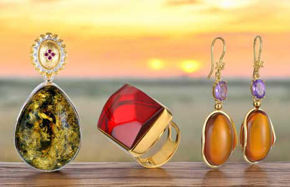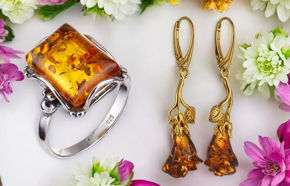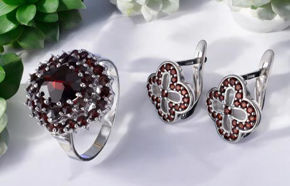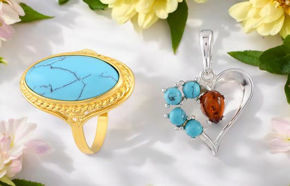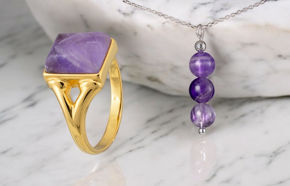Amber is a hard, yellow to orange organic substance that is fossilized tree resin. It is often used in jewelry. Many people consider amber to be a type of rock, but is it? Let's take a closer look at what makes something a rock and see if amber fits the bill.
Most people think of rocks as being big and heavy - and they are, of course. But the definition of a rock is actually quite simple: a rock is any natural material that consists of solid mineral matter. That's it! So, technically speaking, a boulder is a rock, and so is a pebble. Even sand and dirt can be considered rocks, although they're not exactly what we typically think of when we hear the word. Of course, there are all sorts of different types of rocks. Igneous rocks, for example, are created when molten lava or magma cools and hardens. sedimentary rocks, on the other hand, are formed when smaller rocks are combined together over time - think of them as being like pieces of a puzzle that fit together to create a larger whole. And metamorphic rocks are rocks that have been changed by heat or pressure over time. So there you have it: the next time someone asks you what a rock is, you can give them a geology lesson!
Amber is a beautiful, golden-hued gem that has been prized by humans for centuries. But what exactly is amber? And where does it come from? Contrary to popular belief, amber is not actually a stone. Instead, it is fossilized tree resin, which has been hardened and preserved over millions of years. Amber typically forms in tropical environments, where trees produce large amounts of resin to protect themselves from the hot, humid weather. When this resin comes into contact with the ground, it can become fossilized and preserved in the same way as bones and plant matter. As a result, amber often contains ancient plants or insects that were caught in the resin before it hardened. For this reason, amber is sometimes referred to as “ alive” or “frozen in time.” In addition to its fascinating history, amber is also prized for its beauty and durability. Its warm coloration makes it a popular choice for jewelry and other decorative items, and its toughness makes it ideal for use in a variety of applications, such as in turning and carving. Amber is truly a unique and amazing material that has been treasured by humans for centuries.
Amber has been used for centuries for a variety of purposes. In its raw form, it can be carved into jewelry ornaments and trinkets. It is also used in the production of perfumes, as the resin contains a high concentration of aromatic compounds. More recently, amber has been used in the development of new technologies, such as 3D printing and solar panels. scientists have also found that amber can be used to create biomaterials for use in medical implants. As the world continues to find new uses for amber, it is clear that this fascinating material still has a lot to offer.
On the surface, rocks and amber may not seem to have much in common. Rocks are hard and unmovable, while amber is soft and pliable. Rocks are dull and lifeless, while amber gleams with a warm inner light. Rocks are cold to the touch, while amber is pleasantly warm. It's easy to see why amber has been prized by humans for centuries, while rocks are nothing more than an inconvenient nuisance. But there's more to these two substances than meets the eye. For one thing, both rocks and amber are formed through a process of natural compression. Over time, the weight of the earth can squeeze out all the air and water from plant matter or other organic material, leaving behind a fossilized remnant. In some cases, this process can take millions of years. So when you hold a piece of amber in your hand, you're actually holding a tiny snapshot of the distant past. In a way, rocks and amber have a lot in common after all.

